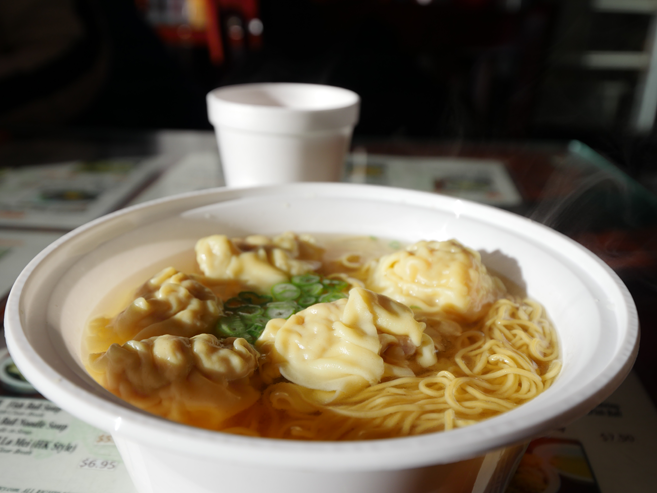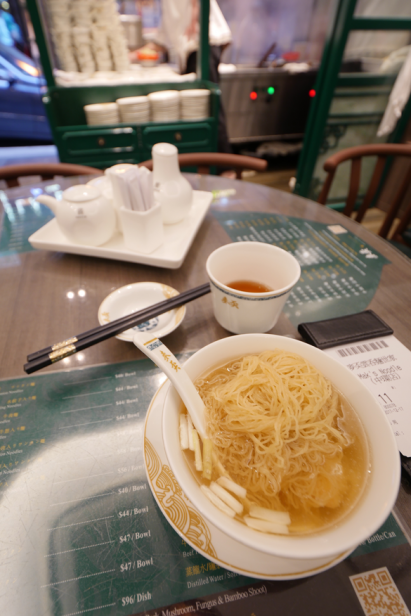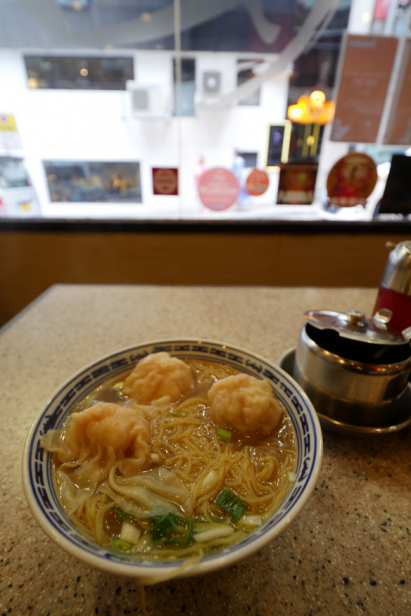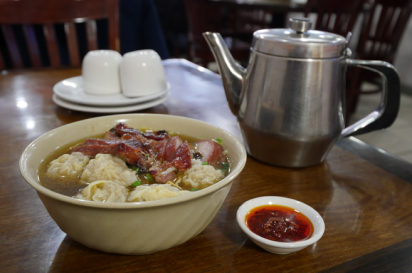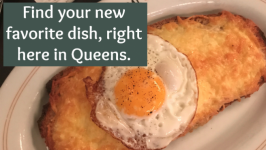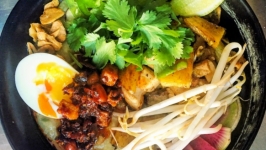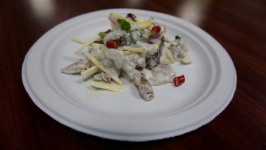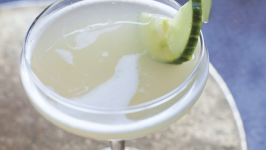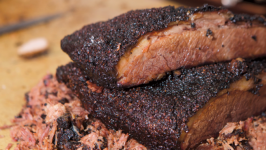Can’t make it to Hong Kong for Wonton Soup? Savor these brothy wonders in Queens
You expect New York to be cold at this time of year. But not Hong Kong, where average winter temperatures range from the high 50s to the mid-to-high 60s. Which is how I found myself in shivering in Wan Chai as temperatures dipped into the 40s with only a suitcase full of T-shirts to keep me warm. Well, T-shirts and wonton soup.
Brought to the United States by Cantonese immigrants, wonton soup has, like pizza and bagels, been part of this country’s culinary repertoire for long enough to be a comfort food to several generations of Americans, no matter their ethnicity.
Like many comfort foods, wonton soup can vary considerably. A classic Hong Kong wàhntān mihn features dumplings of shrimp and pork wrapped in delicate skins, served with noodles and a savory broth. The broth is typically flavored with pork and seafood, commonly dried flounder. The noodles are cut very thin, and of the springy yellow type that gets its texture and color from an alkalized dough. Many restaurants in Hong Kong layer the individual components in a particularly Instagram-unfriendly order—wontons hidden beneath a tangle of noodles and covered with piping-hot broth—the thinking being that the thin-cut noodles are at greater risk of overcooking the longer they sit in the broth.
Mak’s is to wonton soup what Lombardi’s is to pizza. The original Mak—the Mak Daddy, if you will—was Mak Woon-Chi, who began serving wonton soup from a street stall in Guangzhou in 1920. His family was among the refugees who left China for Hong Kong as a result of the Second World War and the Chinese Revolution. Just as Lombardi’s spawned Totonno’s, John’s and Patsy’s, Mak Woon-Chi’s relatives would go on to open Mak An Kee, Mak Man Kee and Mak Siu Kee. (At this point, Ray’s might be the more appropriate pizza analogy.) Of these, the most famous is Mak’s Noodle on Wellington Street in Central, because it was the comeback from retirement of Woon-Chi’s son Mak King-Hung (who has since returned to retirement). The wontons at Mak’s are clearly made with care. Each has been formed with enough attention to detail so as to show a whole prawn though its gauzy skin. The use of whole prawns and a wrapper thin enough to see through are both very good signs. The noodles have a good alkaline spring, and contrast nicely with the slipperiness of the wonton skins. The broth is well-balanced between pork, flounder and shrimp. The portions, however, are small; this is a snack or an appetizer, not a one-bowl meal, not even a light one.
That being said, such a small portion size allows you to follow your starter of wonton soup at Mak’s with a main course of wonton soup at Tsim Chai Kee on the other side of Wellington Street. If you’re going to serve wonton soup across the road from Hong Kong’s most famous purveyor of wonton soup, not only do you have to bring your A-game, but you need to clearly distinguish your product from the competition. The broth and noodles at Tsim Chai Kee are comparable to those at Mak’s; while there are differences, none is significant enough to be decisive. And while Tsim Chai Kee’s wontons are not as delicately translucent or painstakingly formed as Mak’s, they are double the size and their fillings are flavored with the sort of flavor bombs—I think I detected shrimp roe and possibly sesame oil—that other restaurants would reserve for the broth, giving them a powerful umami punch. And the service is uncharacteristically friendly for Hong Kong to boot.
So how does wonton soup in Queens compare with Hong Kong’s best? The service is also friendly at Shun Wang in Elmhurst, so I feel a bit bad about comparing its wonton soup to those from the other restaurants listed here, because the comparison is not a fair one. Shun Wang, unlike the others, does not specialize in wonton soup. If that’s not obvious from the display of sīuméi—roast ducks, chāsīu and other Cantonese prepared meats—it becomes clear once your server hands you a menu seven pages long that lists hundreds of dishes. (By contrast, Tsim Chai Kee’s menu contains seven items, five of which are noodle soups.) The wonton skins are doughy rather than delicate, and their fillings porky rather than shrimpy. But that lack of specialization is also Shun Wang’s saving grace, because you can top your wonton soup with chāsīu, and there are few things in this world that cannot be improved by the addition of Cantonese barbecued pork. If you’re in Elmhurst and have a craving for wonton soup, then Shun Wang’s is an entirely respectable choice, but what it’s not is a destination dish, something for which to go out of your way.
The wonton soup at Prince Noodle & Café in Flushing is worth going out of your way for. The wontons are comparable in size to those from Tsim Chai Kee, and while the filling is pleasingly shrimpy it’s not quite as close to the shrimpy end of the shrimpy-porky wonton spectrum as I would like. But that’s easily addressed by ordering Prince Noodle’s shrimp dumplings or their shrimp watercress dumplings; while they’re not as generously proportioned as the wontons, they feature a more favorable shrimp-pork ratio. All three are made using the same thin, pleasingly slippery wonton skins with varying proportions of shrimp and pork (and watercress). The noodles and broth are fine, but it’s the wontons that could hold their own against what Hong Kong has to offer.
One last word of advice: At both Prince Noodle and Shun Wang, the broth tasted more balanced when I ate there in the morning, but lacked that complexity when I visited in the afternoon, with Prince Noodle’s becoming one-dimensionally chickeny and Shun Wang’s becoming overpoweringly porky. My advice: Go early in the day. Shun Wang opens at 7 in the morning, and Prince Noodle & Café at 9. If you’re hesitating because you think that’s weird, remember that noodle soups are a typical breakfast in much of Asia.
Totonno’s | @totonnos
John’s
Patsy’s | @pastyspizza
Mak An Kee
Mak Man Kee
Mak Siu Kee
Ray’s
Shun Wang
Prince Noodle & Café


